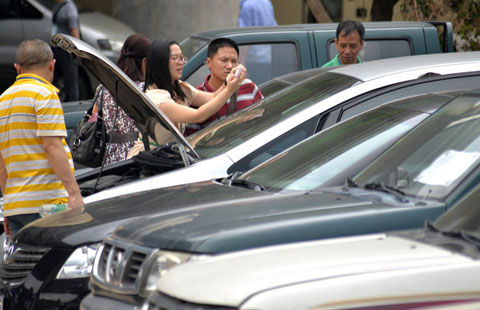Hebei envisions integrated traffic network by 2020
Updated: 2014-06-27 08:02
By Zheng Jinran (China Daily)
|
||||||||
Hebei province has taken the lead in planning an integrated transportation network with Beijing and Tianjin, as Hebei works and plans two new ring roads that will surround the nation's capital, a top provincial official said.
The grand traffic network will include convenient air, sea and land traffic. And Hebei will make six major cities, including Shijiazhuang and Tangshan, into important traffic hubs like Beijing and Tianjin.
The integrated transportation network will be complete by 2020, allowing people to travel between major cities in the region within an hour and fueling regional economic development, said Gao Jinhao, head of the province's traffic bureau.
Of the projects listed on the plan, the Seventh Ring Road stands out.
Though it's known informally as the Seventh Ring Road of Beijing, only a small part of the 940-km-long expressway will run through the nation's capital, in Miyun county and Pinggu district. The other 850 kilometers will extend into neighboring Hebei cities, including Langfang, Zhangjiakou and Chengde.
The route of the ring road will follow Hebei's existing expressways, Gao said.
The Seventh Ring Road will open to traffic by 2015, and the majority of construction is already finished, said a provincial official on Thursday who declined to be named.
In addition, an even longer ring road outside the Seventh Ring Road is in the works. The road will run as much as 1,250 km through Tianjin and more cities of Hebei province.
Gao said the throughways will promote a more active interaction among cities in the new northern economic hub and fuel future coordinated regional development.
In the region, Hebei is weaker economically than Beijing and Tianjin, and the province's current traffic system also lags behind.
According to Hebei's traffic authority, the length of highways in the province is 19 percent less than those in Beijing. The expressway density in the province only accounted for half in Beijing.
To fill the gaps, Hebei has increased the allocation on expressway projects by 8 billion yuan ($1.3 billion) a year, reaching 46 billion yuan in 2014.
"The construction of the Seventh Ring Road will promote the regional development, that's for sure," said Chen Yanyan, a professor at Beijing University of Technology's Transportation Research Center.
But she also pointed out that the integrated traffic network in the region needs cooperation from the three areas, adding that initiatives only from Hebei cannot work.
- Illegal drugs go up in smoke in Guangdong
- PLA vessels join Pacific naval drill for the first time
- Relatives unmoved by new search zone for jet
- Hebei envisions integrated traffic network by 2020
- 3D paintings entertain people in Hong Kong
- Officials deny planning to turn 600 colleges into senior vocational schools

 Germany, US sail into knockout stages in Recife rain
Germany, US sail into knockout stages in Recife rain
 PLA ships arrive in Hawaii for naval exercise
PLA ships arrive in Hawaii for naval exercise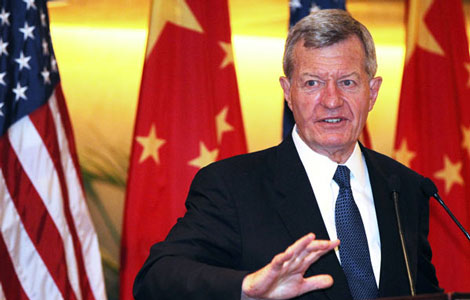
 Baucus: Investment pact opens a new chapter
Baucus: Investment pact opens a new chapter
 2014 Smithsonian Folklife Festival kicks off in DC
2014 Smithsonian Folklife Festival kicks off in DC
 Germany vs USA - The battle of two masterminds
Germany vs USA - The battle of two masterminds
 Apple to launch bigger iPhones to reignite sales
Apple to launch bigger iPhones to reignite sales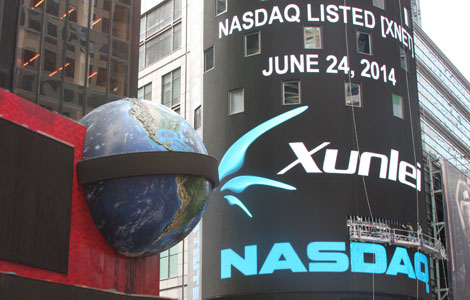
 Xunlei IPO on Nasdaq raises $88m
Xunlei IPO on Nasdaq raises $88m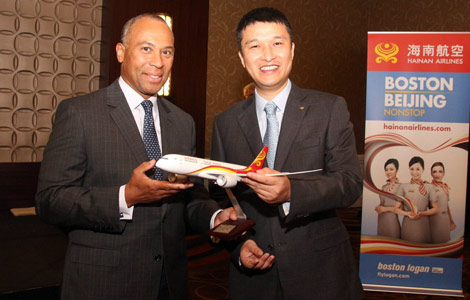
 Beijing, Boston are just 13 hours apart
Beijing, Boston are just 13 hours apart
Most Viewed
Editor's Picks
|

|

|

|

|
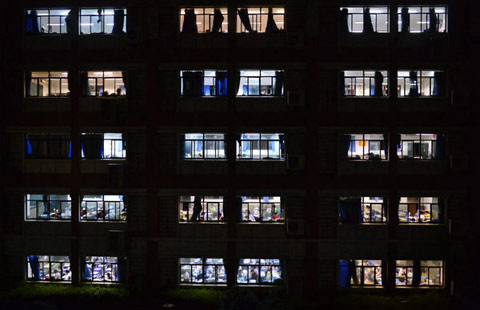
|
Today's Top News
Envoy rejects a 'zero-sum' strategic race
Chen Guangbiao's charity event provides lunch, no cash
Google unveils new products
Overseas services boosted by Alipay
Opinion: Fine twist in Sino-US military ties
Bigger Apple iPhones said to start mass output soon
Chinese investors discovering lure of Motor City
Pilots' 'mismanagement' causes Asiana crash
US Weekly

|

|


